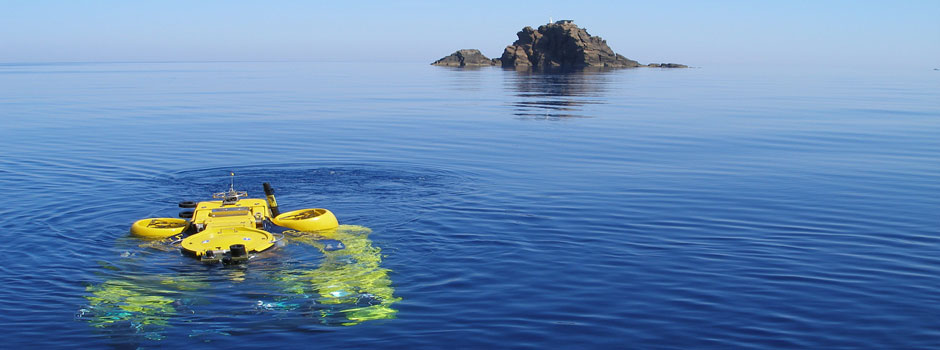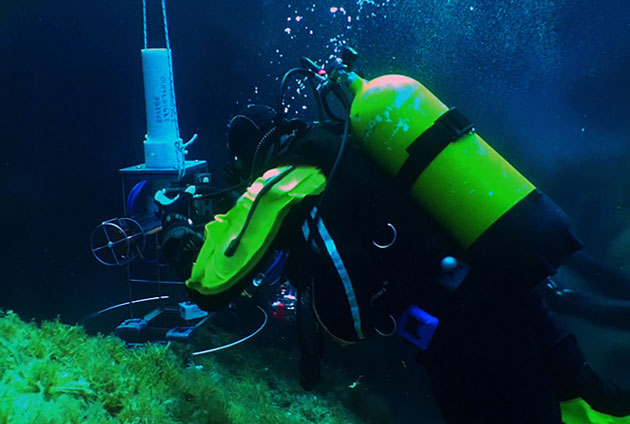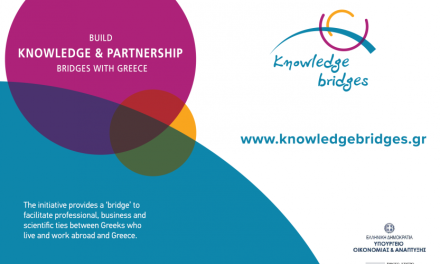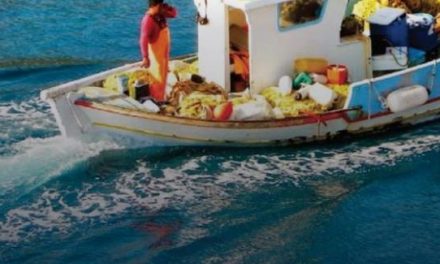Sea research has been carried out in Greece for more than 100 years. Nowadays, it is conducted under the auspices of the Hellenic Centre for Marine Research (HCMR). HCMR can trace its origins to the founding of the first Greek Marine Research Institute, the Marine Hydrobiological Station, established in 1914.
HCMR mission is to research, develop and implement marine and maritime services and products such as the recently presented GeoMAREA and the Nautilus documentary series which advance our understanding and protection of the seas and inland waters, creating a sustainable life on Earth.
HCMR is a unique governmental research organization at the heart of scientific and technological research of the Mediterranean, the Black Sea and the Red Sea. It comprises three Research Institutes: the Institute of Marine Biology, Biotechnology and Aquaculture, the Institute of Marine Biological Resources and Inland Waters and the Institute of Oceanography .
The HCMR building facilities are distributed in three strategic areas: in Attica, in Crete and in Rhodes. HCMR’s fleet consists of three research vessels and underwater vehicles. HCMR owns and operates a wide range of advanced scientific laboratories, fully-equipped biogeochemical laboratories, innovative genetic laboratories, micro CT scanner for biodiversity research, aqua labs state-of-the-art aquaculture farming technologies.
HCMR maintains large research infrastructures like Poseidon network and operational monitoring forecasting and data collection system. Poseidon is based on network observatory buoys which collect and transmit every three hours online meteorological and oceanographic data used for making 72-hour forecasts. HCMR owns and operates aquariums in Crete and Rhodes islands with more than 500,000 visitors per year. Τhe HCMR aquariums provide unique experiential events and educational opportunities advancing people’s knowledge for a sustainable management of the Seas. HCMR participates and plays a key role in the establishment of the large-scale European research infrastructures, such as LIFEWATCH, European multidisciplinary water column and seabed observatories, Euro-Argo, and European Marine Biological Resourse Center.
HCMR work covers the entire spectrum of marine and inland water research with specific focus on the integrated coastal zone management marine spatial planning and seabed mapping, integrated marine observation and forecasting of the scenes functioning of inland waters coastal and marine ecosystems, impact of global change.
HCMR also focus on human pressures and hazards on the aquatic ecosystems and biodiversity, marine geo-hazards and geo-resources, fisheries dynamics ecology, modeling and management, marine technology and biotechnology, aquaculture. HCMR scientists and engineers having implemented more than 100 of EU projects are ready to tackle the challenges and opportunities of the Horizon 2020 on blue growth: the sustainable exploitation of marine bio resources but innovative bioactive compounds the marine and Maritime Services the societal challenges contribute to the sustainable development of regional economy within the framework of EU’s DG REGIO strategies and tools implement the marine maritime strategy through European environmental policies promote a cross-sector interdisciplinary dialogue with the industry and socio-economic communities, enhancing marine technology biotechnology and innovation, emerging the hidden European cultural heritage.
Looking into the future HCMR strategic plans include building a new ocean’s research vessel, the creation of aquarium in Attica region, the development of marine techno parks, to extend the research activities to the Atlantic Ocean and polar seas. HCMR’s focus will be to advance its position among the global leaders in marine and maritime research and to educate future generations in achieving a sustainable future for our planet.

The GeoMAREA system
Recently, the output of the cooperation between ITO LTD, the Marine Environmental Radioactivity Laboratory of the Hellenic Centre for Marine Research (MERL-HCMR) and the Laboratory of Nuclear Physics of the National Technical University of Athens (LNP-NTUA), is the successful completion of the project “Research and development of an in-situ underwater gamma-ray spectrometer for low-level radioactivity measurements” (Code: 12CHN212), in the frame of a bilateral Greece-China cooperation. The project was co-funded by the General Secretariat for Research and Technology (GSRT), Greece, under NSRF 2007-2013.
The final product of the project is the GeoMAREA system (Gamma-ray spectrometer for in-situ MARine Environmental Applications).The sensor was developed for measuring in- situ the activity concentration of gamma-ray emitters in the marine environment. It is characterized by: capability to offer free-of-error continuous functionality down to 600 meter water depth; pluggable watertight cabling system for real time data transmission in case of operation at a buoy; high efficiency due to the minimum gamma-ray absorption in the enclosure material. Read more about the radioscopio here.
Explore Nautilus: the first interactive TV series about our seas
The beauty and mystery of life beneath the surface of the seas of Greece, the Mediterranean and the Black Sea is brought to the screen in “Nautilus” : a documentary series introduced by HCMR, SKAI and Cyta which depicts the complexity of the marine ecosystem. The marine scientists’ research team and crew of “Nautilus”, divers and filmmakers with the “captain” Dr. Vaggelis Papathanasiou sailed across Greek seas in order to record exclusive videos about underwater fountains, sperm whales, caretta-caretta, dolphins, red shrimps, Aegean volcanoes, climate change and shipwrecks.
“Nautilus” is an impressive production with 3 years of shooting and over 80 sailing days in the seas of Greece, the Mediterranean and the Black Sea. Since September 2007, in cooperation with HCMR, over 50 Greek researchers and 25 members of crew have boarded on the “Aegean” ship. Researchers from the Institute of Oceanography and the Institute of Marine Marine Biological Resources of HMRC have participated in most of “Nautilus” missions.
Moreover, during this journeys, HCMR cooperated with researchers from the University of Patras, the National Marine Park of Alonnisos Northern Sporades and “Pelagos” Cetacean Research Institute.
Watch more Videos: Red coral – The red treasure in the Aegean waters ; The Volcanic Aegean: columbo case ;Caretta – Caretta; Dolphins in Greece
TAGS: SCIENCE & TECHNOLOGY














